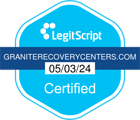One of the biggest concerns for people with substance abuse issues is the cost of professional treatment. Many feel that inpatient drug rehab at a dedicated treatment facility is the best course of action for them or a loved one, but worry that they can’t afford it. Due to the extensive treatment services included, inpatient rehab is more expensive than outpatient care. However, this does not mean that inpatient care has to be out of reach for those who need it most. The cost of inpatient drug rehab can vary greatly depending on a number of factors. Financial help is often available to improve access to rehab care.
The Cost of Addiction Recovery

Insurance and Drug Rehab

Many rehab facilities accept various insurance providers, with accepted providers differing with the facility. Even with insurance, there are still deductibles and co-pays that must be paid. However, insurance can relieve a significant degree of the financial burden of inpatient treatment. For those without private health insurance, Medicaid and Medicare are often accepted. Many drug rehabilitation facilities also offer flexible pay structures for those in need of treatment, as well as grants or scholarships that can help in reducing the cost of attending an inpatient facility.
Other Costs at Drug Rehab
Beyond the direct financial cost of inpatient rehab, other “hidden” costs also exist. These can include time off work, or even worries over being unable to keep a job while in inpatient treatment. Numerous protections exist for individuals with addiction issues to pursue treatment without fear of losing their job, though this time may be unpaid.
Consider All Potential Resources
The perceived social stigma of pursuing rehab can also discourage some people in need from seeking treatment. It is vital, however, that individuals in need consider every option available for seeking care for their substance abuse disorders. This can include seeking grants or scholarships, researching lower-cost facilities, or at a minimum, pursuing intensive outpatient care with the consultation of a medical professional. If inpatient addiction treatment is not affordable, the situation is not hopeless.
People struggling with substance abuse and their loved ones must use every resource available to seek proper treatment and to create the best environment possible for recovery, whether that’s outpatient care, seeking a medical consultation, or enlisting the help of trustworthy friends and loved ones.
If you or a loved one is struggling with a drug or alcohol addiction, please call us at (855) 712-7784. We can help.



